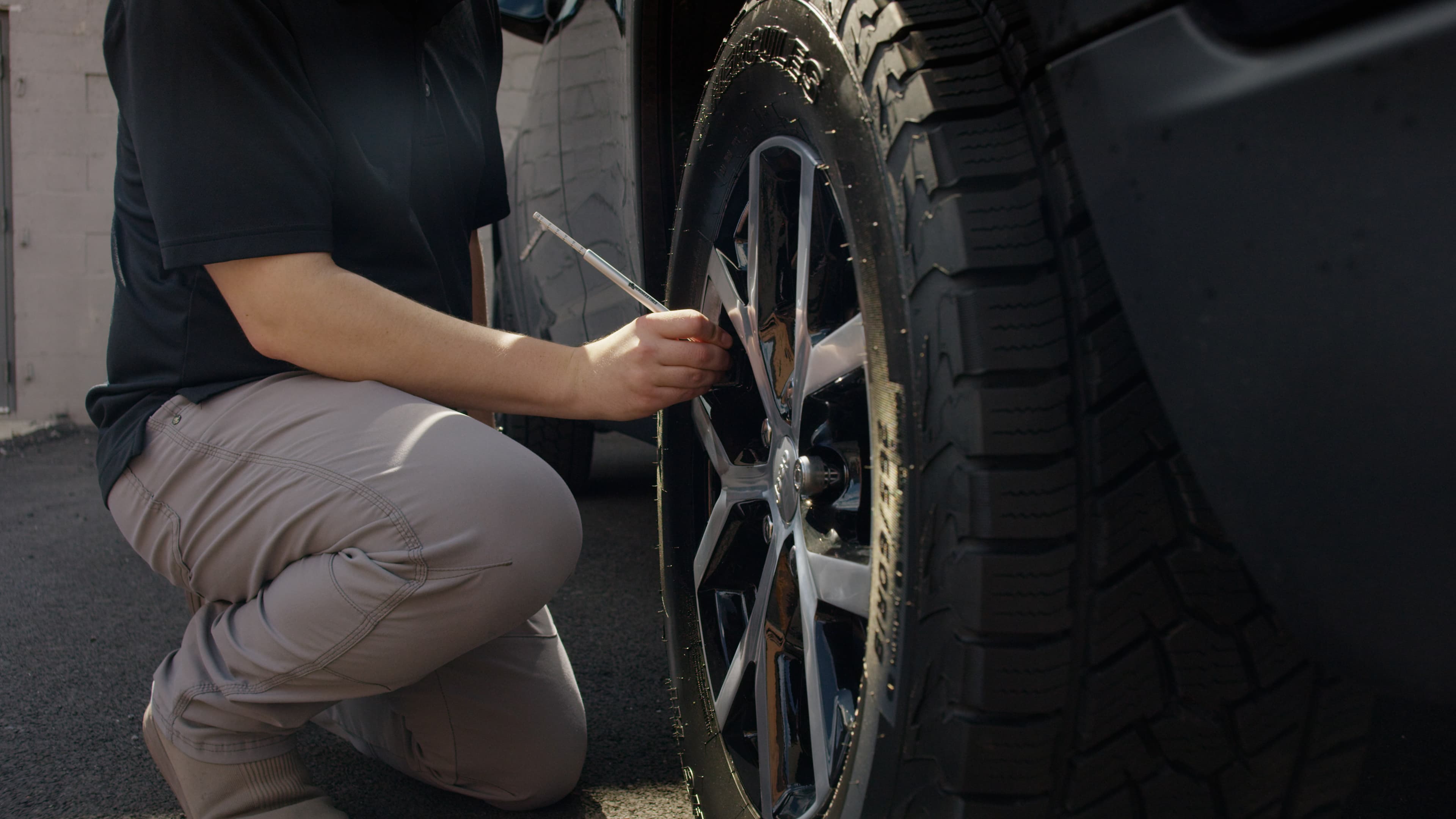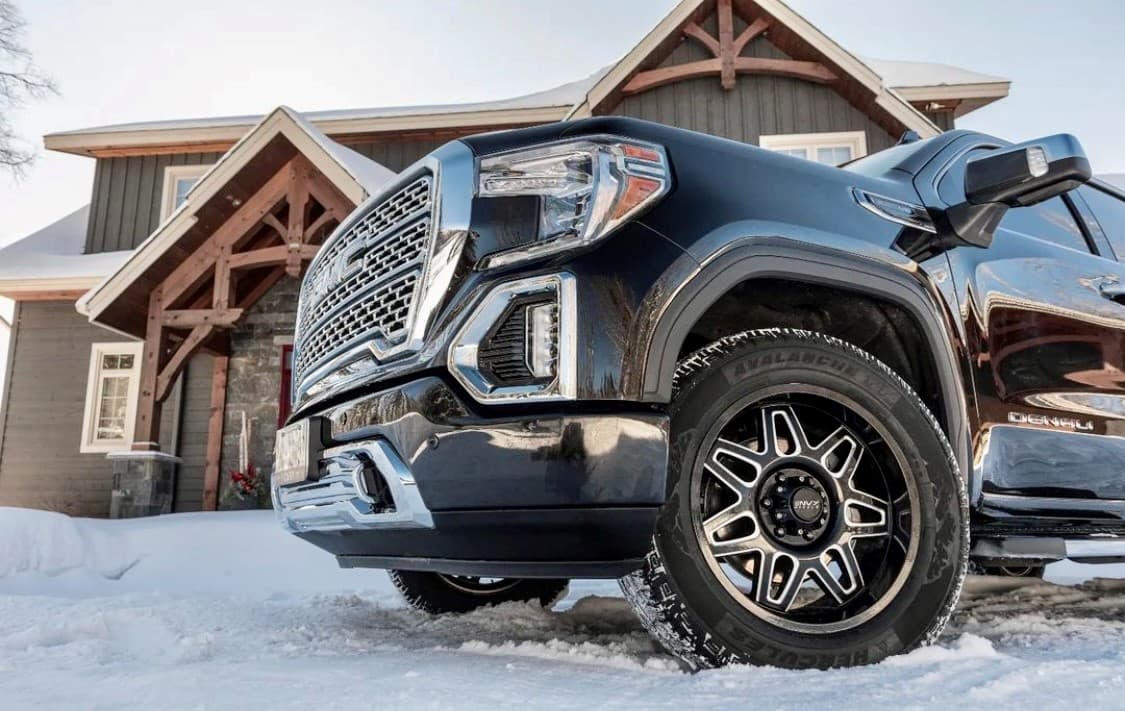Tires are more than just a functional component of your vehicle—they’re a marvel of engineering and craftsmanship. Every tire begins its journey with a meticulous blend of raw materials, culminating in a finished product that delivers confidence, performance, and durability. Behind each tire lies a sophisticated manufacturing process, honed by decades of industry expertise and innovation.
In this blog, we’ll explore the lifecycle of a tire, from the initial stages of production to its arrival at your local Hercules Tires dealer. Along the way, we’ll uncover the precise techniques, cutting-edge technologies, and rigorous quality control measures that ensure each tire meets exacting standards. Whether you’re curious about the manufacturing process, the factors influencing a tire's lifespan, or what happens to tires after their retirement, this comprehensive guide has you covered.
Understanding the Tire Manufacturing Process
The tire manufacturing process is largely uniform across brands, vendors, and tire types, following well-established industry standards. What differentiates one tire from another lies in elements such as the rubber compound, tread design, curing time, and the materials used in construction. Some of these distinctions, like tread patterns, are visible, while others—such as the internal structure and material quality—remain hidden beneath the surface.
At Hercules Tires, we take this standardized process a step further by partnering with vendors who utilize cutting-edge machinery and advanced technology. This approach ensures precision and upholds the highest standards of quality at every stage of production.
Manufacturing a tire involves a series of intricate steps, refined through decades of industry maturity. These core processes are reliable and leave little room for error, underscoring the importance of accuracy and consistency. At Hercules Tires, our unwavering focus is on delivering exceptional quality. By leveraging state-of-the-art equipment, advanced manufacturing techniques, and rigorous quality assurance protocols, we maintain our commitment to excellence in every tire we produce.
While innovation and technology play a significant role even before production begins, our priority is clear: ensuring each tire meets and exceeds quality expectations. For us, quality isn’t just a standard—it’s a promise.
The Tire Manufacturing Process: A Step-by-Step Timeline from Production to Dealer Delivery
Determining the timeline for tire production isn’t simple—it varies widely based on several factors. These include the level of plant automation, the size and type of tire being produced, and the logistical complexities involved in delivering the final product to customers. For instance, even within passenger and light truck (PLT) tires, timelines can differ significantly. When comparing PLT tires to larger, more complex medium truck tires, such as those in Hercules commercial product group, the differences become even more pronounced. Adding logistics into the mix—an often dynamic and fluid process—compounds the variability further.

The Hercules TERRA TRAC CROSS-V AW offers versatility and performance to drivers looking for a premium, all-weather tire with off-road capabilities. The Hercules TERRA TRAC CROSS-V AW tire is engineered for highly responsive handling on any surface, in any season, citywide to countryside, and is available in 39 sizes to fit today’s popular CUV's, SUV's and Light Trucks.
So, how long does it take to go from concept to a finished product available for purchase? While there’s no exact answer, launching a new product line typically requires a comprehensive process that spans 12 to 18 months. This includes everything from the initial concept and R&D stages to full-scale production and delivery.
For example, take the development of the Hercules Terra Trac Cross-V AW, an all-weather tire designed to build upon the success of its predecessor, the Terra Trac Cross-V. The decision to launch a new model wasn’t solely about replacing a discontinued tire; it was driven by a strategic need to stay competitive in an increasingly important all-weather segment. But what factors guide such decisions? How do we identify the need to enhance or expand our offerings?
The 12 to 18-month timeline for a new tire begins with defining its purpose and identifying the market need it will address. This involves envisioning the product’s goals and ensuring its design and functionality meet those objectives. For the Terra Trac Cross-V AW, this meant focusing on all-weather capability to align with market demands.
Significant time is spent on preparation—typically six months is dedicated to tire design, compound development, and research to ensure it performs as intended. Another six months is allocated for procuring molds, conducting rigorous testing, and preparing for mass production. Each step is deliberate and precise, ensuring the final product meets both industry standards and customer expectations.
In summary, launching a new tire is about much more than simply scaling production—it involves creating an entirely new product line from scratch. From brainstorming and ideation to delivering a finished product to a dealer store, the process is intricate and methodical, taking 12 to 18 months to complete. This careful approach ensures that each product not only fills a market need but also upholds the quality and performance customers expect.
How Long Do Tires Typically Last?
There’s no one-size-fits-all answer to how long tires last—it depends on a variety of factors, including driving habits, vehicle type, road conditions, and tire maintenance. Each of these elements plays a significant role in determining the lifespan of your tires, measured in either mileage or time.
Driving style is a key factor in tread wear. Even with identical vehicles and road conditions, different driving behaviors can result in drastically different levels of tire wear. Aggressive habits like hard braking, rapid acceleration, or fast cornering can wear tires out much faster than steady, cautious driving.
Tire maintenance is equally critical. Simple tasks like regular rotation and balancing ensure even wear across all tires, which can significantly extend their lifespan. Unfortunately, many drivers overlook these essential practices, leading to reduced performance and shorter mileage.

Proper tire maintenance includes ensuring they are inflated to the recommended pressure as they will naturally lose air over time.
The type of tire and its intended purpose also impact durability. For instance, off-road tires tend to wear out faster than touring tires designed for everyday commutes. Similarly, specialized tires are engineered for specific uses, meaning their longevity will vary based on how and where they’re used.
It’s also worth mentioning that every tire is designed with an expected lifespan, similar to other everyday products like smartphones or appliances. Manufacturers create tires to perform reliably under normal conditions, but improper use or neglect can quickly diminish their longevity.
In short, while tire lifespan can’t be pinned down to a single figure, understanding the factors that affect it—like driving habits, maintenance, and tire type—can help you get the most out of your set.
Is there an average lifespan for tires before they expire?
Tires don’t "spoil" like food, but they aren’t built to last forever. Industry guidelines recommend discarding unused tires older than 10 years, even if they appear to be in good condition. Over time, exposure to sunlight, air, and environmental factors causes the rubber and structural components to degrade, compromising safety and performance. For this reason, we strongly advise tire dealers against selling tires past this age limit.
At Hercules Tires, we are committed to staying at the forefront of tire technology and innovation. By continually expanding our product portfolio, we empower our network of tire dealers across North America to offer consumers the most advanced, reliable tire options available. Over a decade, industries have transformed, safety standards have evolved, and groundbreaking innovations have emerged—and the tire industry is no exception. By staying ahead of these advancements, we ensure our products deliver the durability, performance, and reliability that our customers depend on.
Ultimately, the lifespan of your tires depends on a variety of factors, including your driving habits, maintenance routine, road conditions, and the type of tire you choose. With proper care and usage, you can extend their lifespan and make the most of every mile.
When is the right time to replace your tires?
The lifespan of your tires depends on several factors, but common reasons for replacement include irreparable punctures or worn-out tread. As tire experts, we strongly recommend regularly inspecting your tires for signs of wear to ensure they remain safe for driving. In certain climates or conditions, such as snowy or icy weather, switching to winter tires is essential for optimal safety and performance.

The Avalanche® TT, available in 23 fitments for pickup trucks and cargo vans, is engineered for extreme winter conditions with features like zigzag and snow-grabber grooves, full-depth siping for enhanced grip, and optional stud pins for superior traction on ice and snow.
Your tires’ longevity is influenced by factors like driving habits, maintenance routines, road conditions, and the type of tire you use. With proper care, you can significantly extend their lifespan and maximize every mile.
For expert advice and maintenance, visit your local Hercules Tires dealer to keep your tires in top condition and ensure a smoother, safer ride.
What happens to old tires after they're replaced or no longer in use?
Tires that are no longer usable—like those with irreparable punctures—are often scrapped or recycled. While old tires can’t be transformed into new ones, their materials can find new purpose. Recycled rubber is commonly used to pave roads, create playground surfaces, and even enhance national parks. This recycling process not only reduces waste but also gives discarded tires a second life in valuable, functional forms.
As a proprietary brand of American Tire Distributors (ATD), sustainability is at the heart of everything we do. We are committed to eco-friendly practices that ensure scrap tires are repurposed responsibly, minimizing environmental impact. Through a comprehensive approach, ATD is working to strengthen the tire recycling ecosystem and driving sustainable solutions that benefit tire retailers, local communities, and the environment as a whole.
From the intricate manufacturing process to the critical factors influencing tire performance and longevity, it’s clear that every step matters when it comes to delivering high-quality tires. At Hercules Tires, we take pride in crafting products that combine innovation, durability, and exceptional value. Whether you’re in the market for reliable all-weather options or specialized tires to suit your driving needs, our expert dealers are here to guide you.
Ready to find the perfect tires for your vehicle? Visit your local Hercules Tires dealer today for expert advice, personalized service, and products designed to keep you confident on the road.

The Life of a Tire: From Creation to the Open Road
Exploring Every Stage of a Tire’s Journey that Delivers Craftsmanship, Quality, and Performance